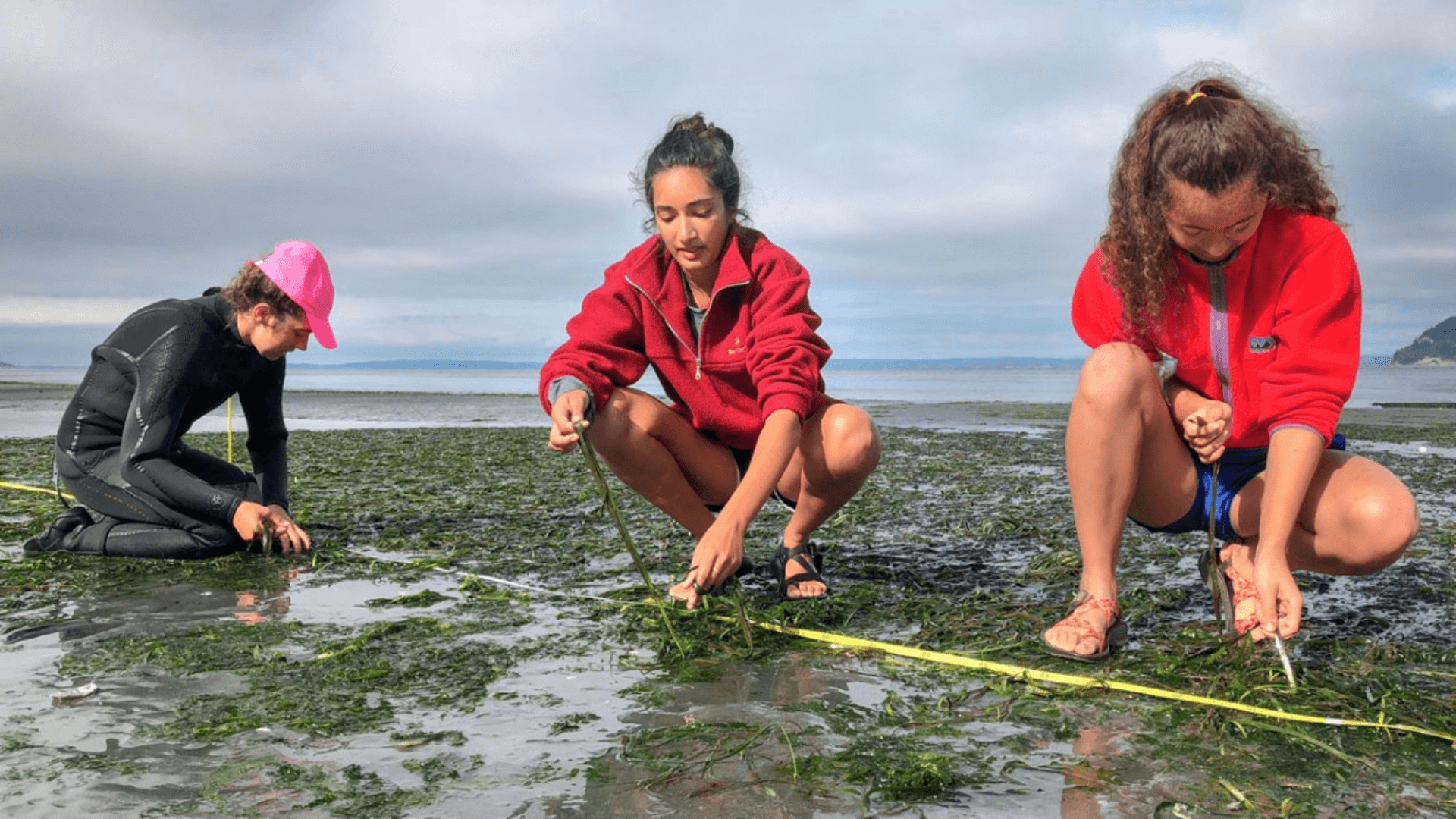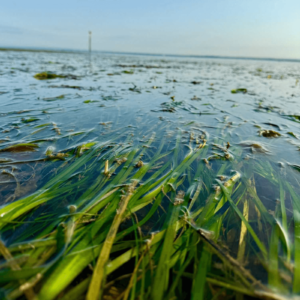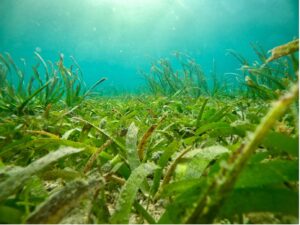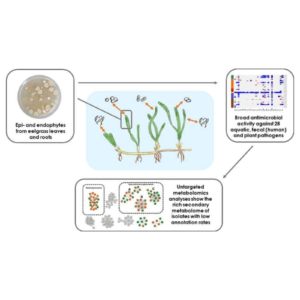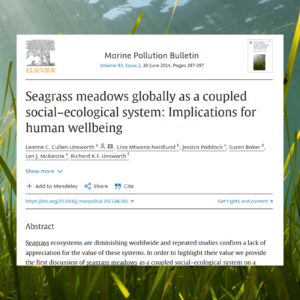The tropical coastlines of Southeast Asia are home to some of the most important and biodiverse marine ecosystems on the planet. However, they are also among its most vulnerable, with areas of coral reefs, mangrove forests, and seagrass beds under increasing threat from a wide range of human activities. To try and better understand those potential threats, a study by an international team of researchers has provided the first detailed assessment of activities taking place within coastal and marine habitats and the impact they have on those ecosystems. The research focused on case study sites in Indonesia, the Philippines, Vietnam and Malaysia, including marine protected areas in UNESCO Man and the Biosphere (MAB) Reserves as well as a Marine Park. Of the 26 activities that were examined, it found that particular fishing techniques—and tourism and recreation—posed the greatest threat to the ecosystems. The fishing practices, including trawling and the use of gill and seine nets, were shown to cause physical pressures such as abrasion, smothering, siltation and total habitat loss. Meanwhile, tourism activities result in different pressures such as organic enrichment, litter and pollution, in particular affecting coral reef habitats. With fishing and tourism being critical to the region’s economy, the researchers hope that highlighting their potential to impact specific locations could help ensure they can be conducted in a more sustainable manner in the future. The study, published in the Journal of Applied Ecology, was led by researchers from the University of Plymouth and involved colleagues from across Southeast Asia. It was carried out as part of Blue Communities. Dr. Fiona Culhane, who carried out the research as part of a Postdoctoral Research Fellowship at the University of Plymouth, and is currently a Postdoctoral Researcher at the Marine Institute in Ireland, is the study’s lead author. She said, “These sites are globally significant for their high marine biodiversity, but are at high risk of pressures from human activities. This work, carried out in collaboration with local communities and in-country researchers, has demonstrated that different locations experience different risks, according to the level of human activities in the sea. “By better understanding how human activities are impacting various marine habitats, and the ecosystem services they provide, we can provide local stakeholders and marine managers with clearer evidence that they can use to inform future action.” Professor Melanie Austen, Professor of Ocean and Society at the University of Plymouth and lead of the Blue Communities program, added, “This study is a powerful example of strong collaboration between researchers from the Global South and Global North. “Its aim, and that of the entire program, has been to provide much needed analysis and information to help coastal communities live within the environmental limits of the natural marine resources.” In addition to forms of fishing and tourism, the research explored the importance and impact of activities including waste disposal, sand mining, aquaculture, coastal infrastructure development, and antique exploration. It then mapped whether, and to what extent, each activity caused forms of disruption including light, noise and water pollution, as well as physical damage to the coastline and seabed and the habitats they contained. Across the different countries, there was variation in the activities posing the greatest pressures with, for example, high risk coming from seine nets in Vietnam, fish farming in Malaysia and pots, traps and barricades in the Philippines. There were also differences across the main habitat types, with trawling and blast finishing among the activities posing the greatest risk to coral reefs, while shrimp farming placed the greatest pressure on mangroves, and trawling and tourism introduced the highest risk to seagrass. Dr. Amy Y. Then, Associate Professor in the Institute of Biological Sciences at the Universiti Malaya in Malaysia, said, “Findings from this paper challenge the way we think about spatially managing multiple economic activities and their impacts on vital coastal ecosystems. “By identifying interactions between these activities and the habitats where they take place, we are able to make better marine spatial management decisions to ensure sustainability and resilience of these socio-ecological systems and their functioning.” Dr. Radisti Praptiwi, researcher at the National Research and Innovation Agency in Indonesia, added, “This is an important study, especially in the context of data-poor regions such as Indonesia. “Research on understanding the impact chains linking activities and pressures to the marine environment can not only help identify the types of activities and habitats to be prioritized for management purposes, but also highlights areas for further research required for evidence-based policymaking.” More information: Fiona Culhane et al, Assessing impact risk to tropical marine ecosystems from human activities with a Southeast Asian example, Journal of Applied Ecology (2024). DOI: 10.1111/1365-2664.14812 This article is republished from PHYS.ORG and provided by the University of Plymouth. Explore our blog for insights on the latest research from across the globe. Click here



